The robotic Luna-25 spacecraft appeared to have “ceased its existence” after a failed orbital adjustment, the space agency Roscosmos said.


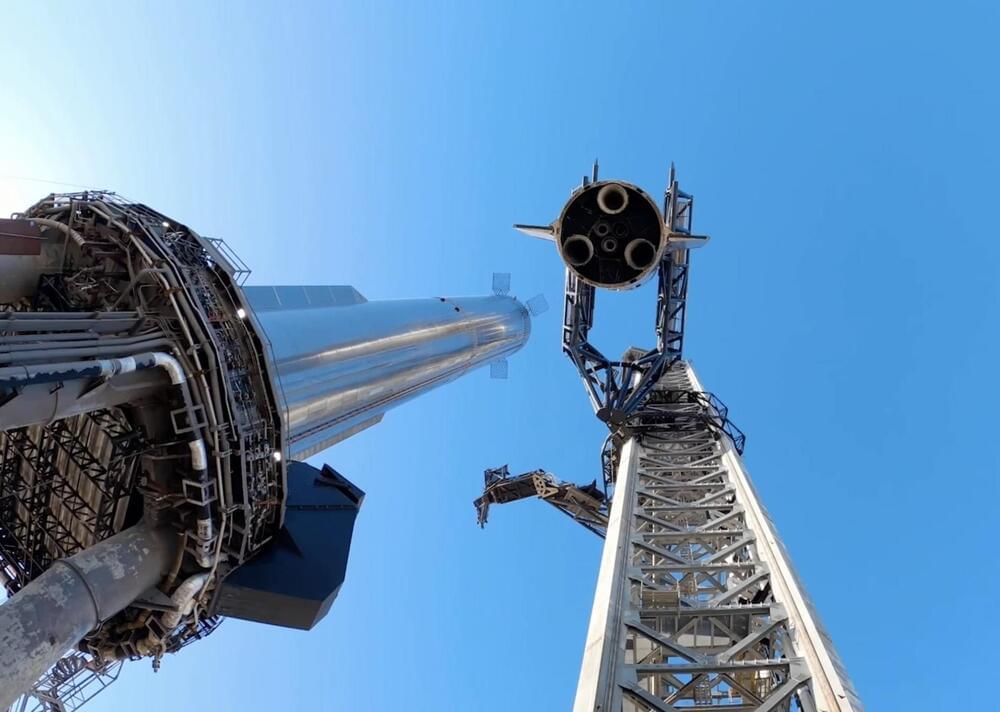
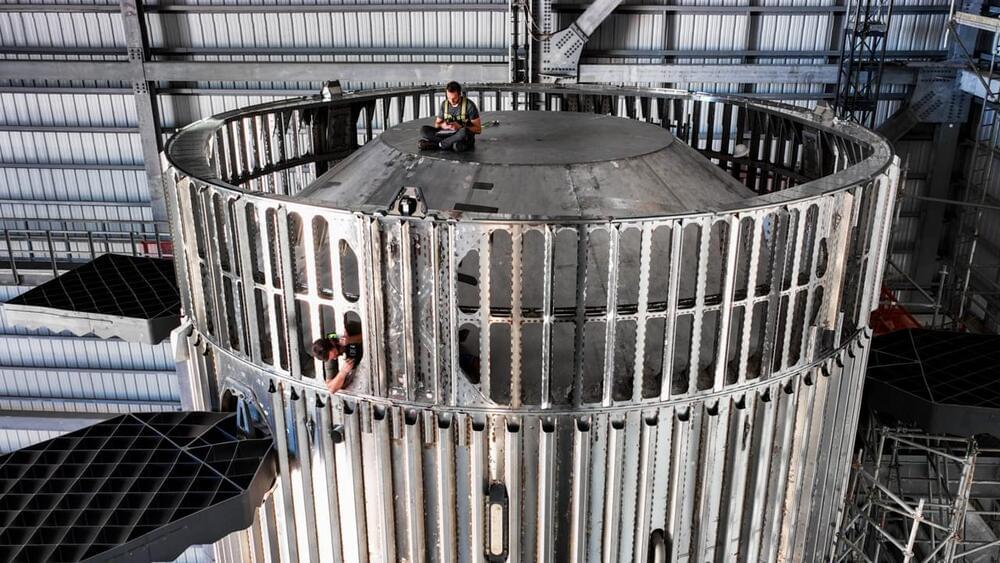
SpaceX recently installed the new hot staging ring atop Booster 9 that will attempt this new stage separation method.
The hot staging ring has gone through its own test campaign, including being connected to the “can crusher,” which simulates stresses on the rocket during liftoff and, having passed that test, was then installed.
Hot staging is when the 2nd stage, in this case, Starship, ignites its engines while still connected to then pull away from Booster 9, which will also still be firing some of its own engines but with those throttled down. The hot staging method isn’t a new idea, as it has been used by Russian rockets for years now and also by older American rockets such as the Titan II.
A great video if you have 8 min to spare.
Have you ever wanted to own a flying car?
Well, the future might just be bright for you as the latest developments out of US-based Jetoptera are bringing us one step closer to your sci-fi fantasy being a reality.
Jetoptera and their extended line of fluidic propulsion-powered aircraft are revolutionizing the world of bladeless aviation options. Their technology is decades ahead of our current helicopter and aircraft designs, and many are buzzing about the opportunity to use this propulsion system in everything from drones, military spacecraft, and even personal transportation.
Jetoptera still has a long way to go before they are ready for consumers, but that doesn’t stop us from taking a closer look and dreaming of the future of flight and travel.
Consider Subscribing for more awesome new tech videos.
While the current Oppenheimer blockbuster film focused on the destructive power of nuclear weapons, more peaceful uses of atomic propulsion for space exploration are now gaining once again momentum. ROB COPPINGER reports.
Nuclear fission and fusion power propulsion are under investigation in Europe and the US with an in-space engine demonstration planned by 2027 — with the news last month that Lockheed Martin had been selected to develop a nuclear thermal propulsion system for DARPA’s DRACO programme (see below).
Nuclear propulsion is attractive as it is far more efficient and powerful than conventional chemical rocket engines – with nuclear thermal propulsion (NTP) having twice the propellant efficiency of chemical rockets. SpaceX plans to use its Starship Heavy rocket, propelled by liquid oxygen and methane, to take Elon Musk’s colonists to Mars. NASA’s decades of research have also concluded that NTP is the best choice for crewed missions to the red planet with its Human Exploration of Mars Design Reference Mission 5.0, published in 2009, making clear NTP’s advantages. With NTP, a propellant, liquid hydrogen, is propelled by the heat from a nuclear reactor. It offers a high thrust-to-weight ratio around 10,000 times greater than nuclear electric propulsion (NEP) and two-to-five times greater specific impulse than in-space chemical propulsion.
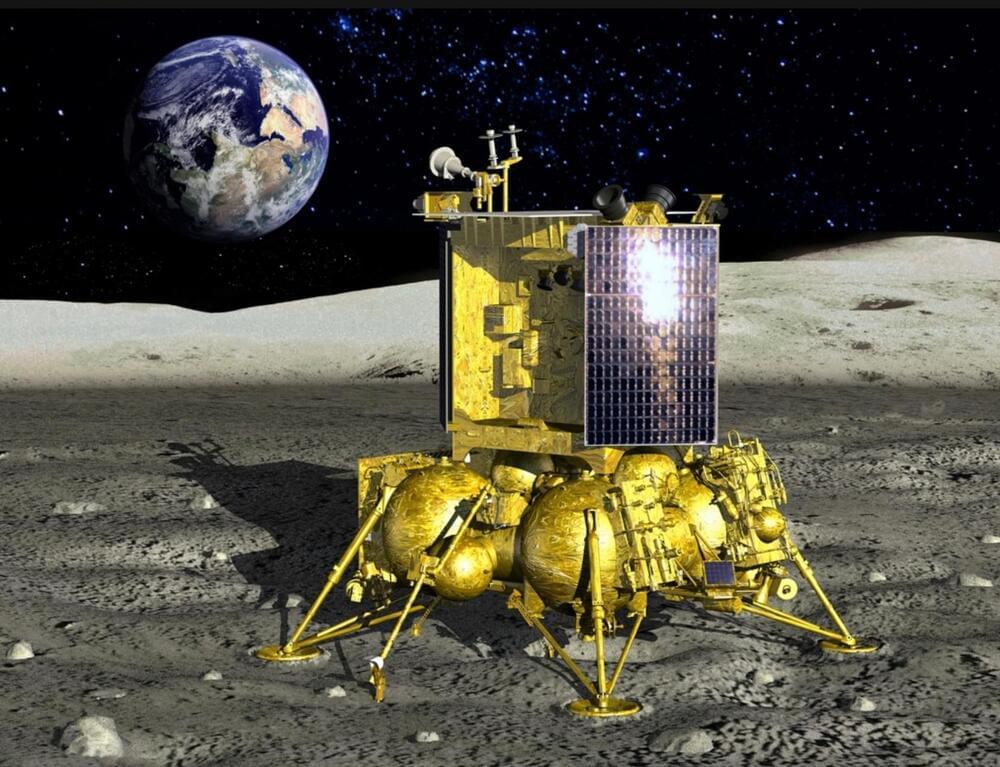
WASHINGTON — Russia’s first lunar mission in nearly half a century suffered an “emergency situation” during an attempted maneuver Aug. 19, putting plans for a landing into question.
In a brief statement posted to its channel on the social media service Telegram, the Russian space agency Roscosmos said that the Luna-25 spacecraft was commanded to perform a maneuver at 7:10 a.m. Eastern to place the spacecraft into a “pre-landing” orbit around the moon.
However, during the planned maneuver “an emergency situation occurred on board the automatic station, which did not allow the maneuver to be performed with the specified parameters,” according to a translation of the statement. “The management team is currently analyzing the situation.”
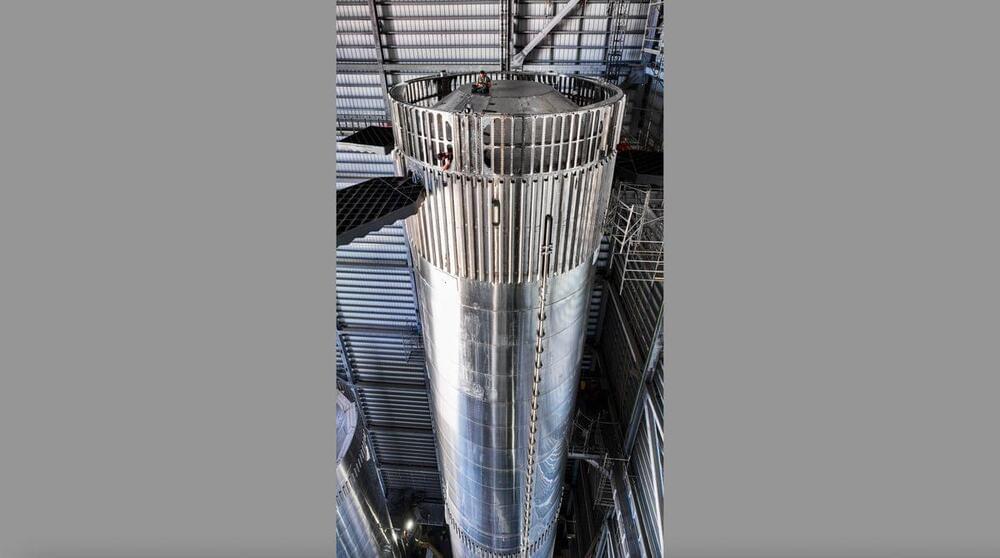
Such process is paving the path toward civilian space development and astropolitical uses of space as well, and is creating a growing interdependent relationship between life on and beyond Earth. 2015 can now be identified as a “turning point” in history, signifying a change of paradigm, from “traditional” aerospace to a “new space” age.
As soon as the U.N. 2030 Agenda [1] was published, some relevant criticalities appeared. The general criteria supporting the concept of sustainability developed by the agenda is an unquestioned limitation to the boundary of Earth’s atmosphere. The 2030 Agenda for Sustainable Development, adopted by all United Nations Member States in 2015, was conceptualized during the traditional aerospace age: outer space was not considered, as a dimension that helps to increase the sustainability of development. Space science and technologies are supporting social and environmental goals on Earth, for many years. Yet that will not be enough, to warrant a really sustainable development. To allow a real sustainable development, it is indispensable and urgent to start civilian space development, outside Earth boundaries. Therefore the UN 2030 Agenda of the Sustainable Development Goals needs to be updated.
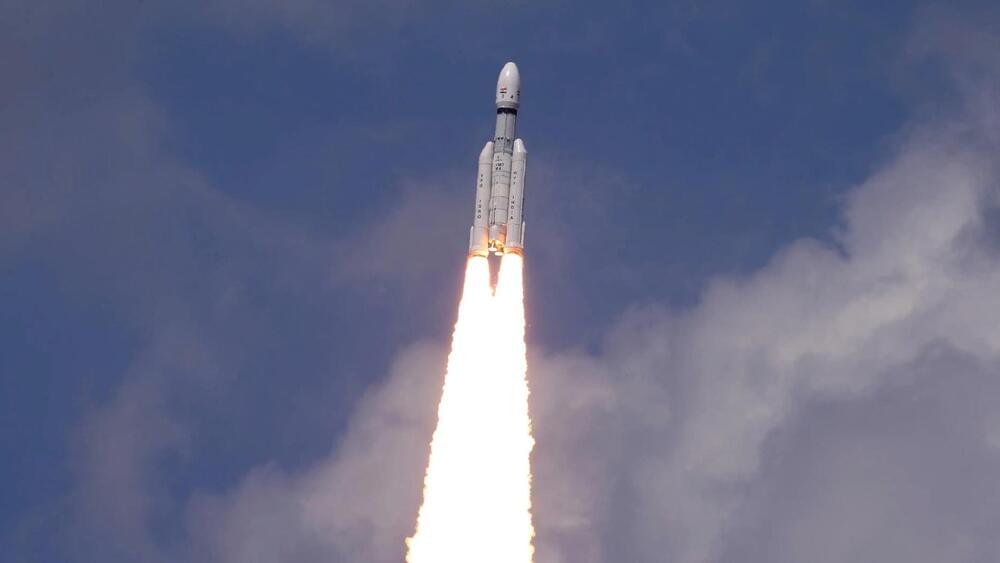
Chandrayaan-3 is edging closer to making a soft landing on the lunar south pole on August 23.
The Indian Space Research Organization’s (ISRO) third Moon mission is edging closer to making a soft landing on the lunar south pole on August 23.
The agency is now preparing for the last stage of its Chandrayaan-3 mission.
ISRO
On Thursday, August 17, the mission successfully separated the lander module from the propulsion module, which carried the spacecraft to the Moon.
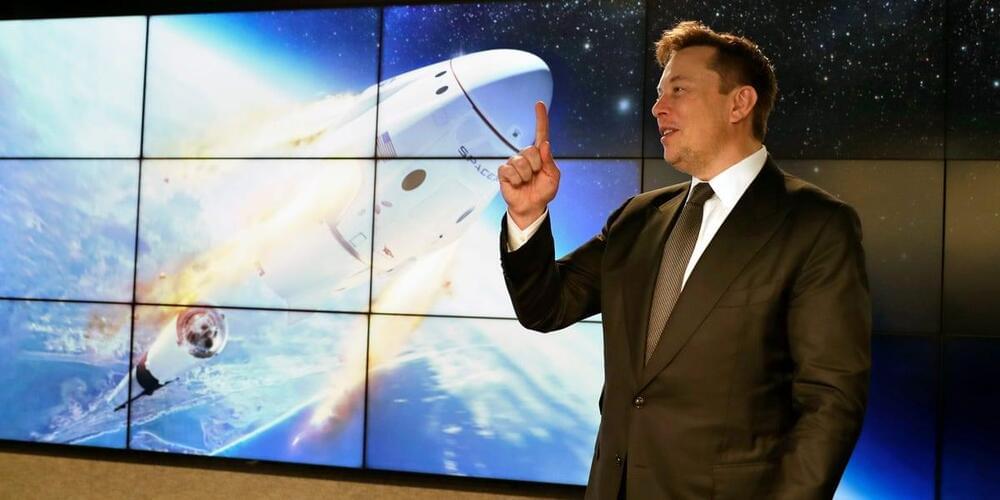
The price of bitcoin plunged about 10% hours after it was revealed that Elon Musk’s SpaceX sold the cryptocurrency.
The Wall Street Journal reported on Thursday that SpaceX, which first purchased bitcoin in 2021, wrote down the value of its bitcoin holdings by a total of $373 million in 2021 and 2022 and has sold the crypto.
The write-down coincides with a steep drop in bitcoin’s price, which crashed in late 2021, setting off a “crypto winter” that extended through most of 2022.